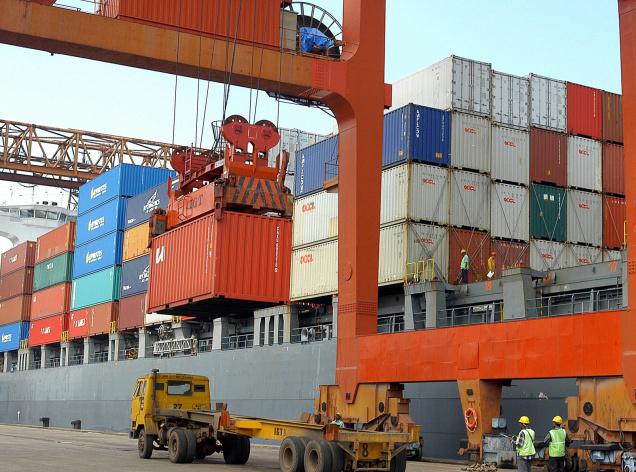Complicated Geopolitics Challenge an Asian FTA

Please note that we are not authorised to provide any investment advice. The content on this page is for information purposes only.
The fifth round of the China–Japan–South Korea Free Trade Agreement (CJK FTA) negotiations concluded in Beijing on 5 September. The three countries hope the negotiations will finish in 2015, but this partly depends on the progress of the Trans-Pacific Partnership (TPP) negotiations.
The fifth round of the China–Japan–South Korea Free Trade Agreement (CJK FTA) negotiations concluded in Beijing on 5 September. The three countries hope the negotiations will finish in 2015, but this partly depends on the progress of the Trans-Pacific Partnership (TPP) negotiations.
China’s strategy toward the CJK FTA is part of its overall opening-up policy for economic development and active regional cooperation. But China is still exploring its proper role in the region, and it is not clear about the United States’ intention toward China and the region. This might result in misunderstandings between the two on the region’s crucial issues.
Japan’s strategy seems unclear. Japanese lawmakers have expressed concerns that a US–Japan FTA would force Japan to open up protected sectors such as farming and healthcare to US competition. This makes Japan’s participation in the CJK FTA seem contradictory. It seems that on the one hand, Japan wants to weave an FTA network with itself as the only hub; on the other hand, it has to consider how to share the region with its ally, the US, or its competitor, China.
South Korea’s strategy in the negotiations is affected by internal factors, most importantly, agriculture. Liberalising agriculture is difficult because of its negative impact on employment. Protecting the agricultural sector does not just ensure employment of domestic farmers, but also the workers engaged in subsidiaries such as irrigation construction and farmers’ cooperatives. South Korea has some difficult choices to make. How should it conclude its FTA negotiations with China and Japan? Should South Korea join the TPP? Even though they officially announced the launch of the CJK FTA negotiations back in 2012, South Korea is seen as a little brother in the region, so how should it mediate between China and Japan in the negotiations and in the region?
The United States’ strategy has two faces. Realistically, the US wants to use the TPP to set a high standard on market access; strategically, the US will use the TPP to shatter the dream of an East Asia FTA, making the TPP the only choice for regional countries.
The CJK FTA is part of a booming FTA activity in the region. It seems China, Japan and South Korea are willing to put aside political differences for shared economic benefits. The fact that the talks are taking place at all could be considered progress, regardless of what progress is made.
But geopolitics in East Asia is difficult and complicated. The future of the CJK FTA should be realistic and take into account the many problems the three countries face in finalising the agreement.
The first problem is the content of the agreement. An overall template has not been published, and no one knows what the agreement should look like.
The second problem is the recent political tension between the three countries. It is obvious that the trilateral relationship between China, Japan and South Korea is currently at a low point.
The third problem is the complicated geopolitics in Northeast Asia. North Korea is an uncertain factor. The US wants to keep its influence in the region and to balance the potential East Asia FTA framework. It is speeding up the TPP negotiations to attract Japan and South Korea. The current FTA network in East Asia is like a ‘spaghetti bowl’, and everyone involved wants to be the hub, not a spoke.
Based on the technical and political problems, the trilateral FTA is likely to face hurdles and protracted negotiations.
It seems the future of the CJK FTA negotiations are clear — they cannot conclude in 2015. If the TPP concludes negotiations in 2–3 years, the CJK FTA may be suspended very quickly. But if the TPP negotiations last 5–8 years, the CJK FTA negotiations may survive for a few years.
These have great implications for other countries in the region, including how they should understand the ongoing CJK FTA negotiations, and how they should encourage the region to pay more attention to regional structure for the benefit of everyone involved.
Tough times ahead for China–Japan–South Korea joint FTA is republished with permission from East Asia Forum




